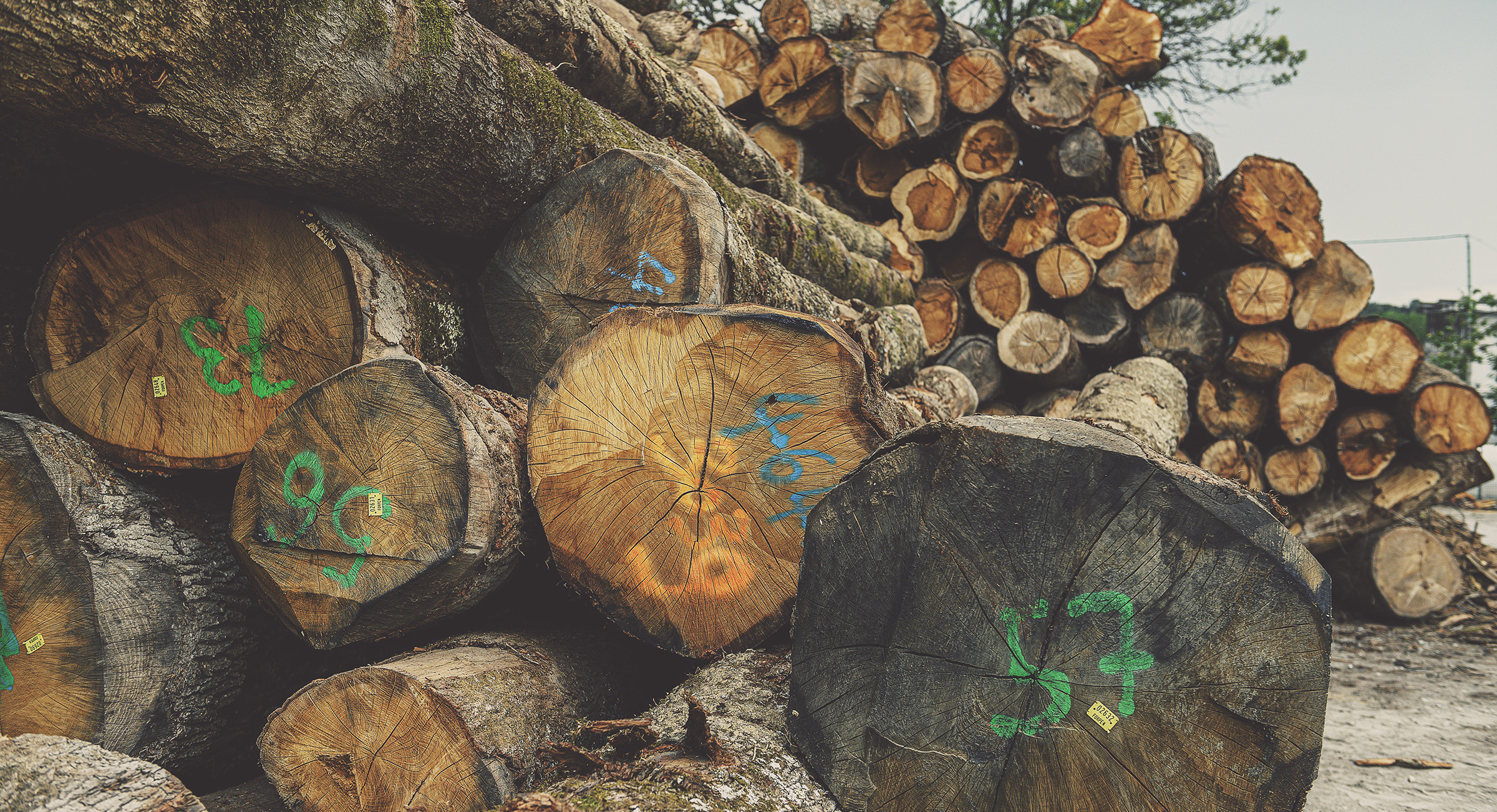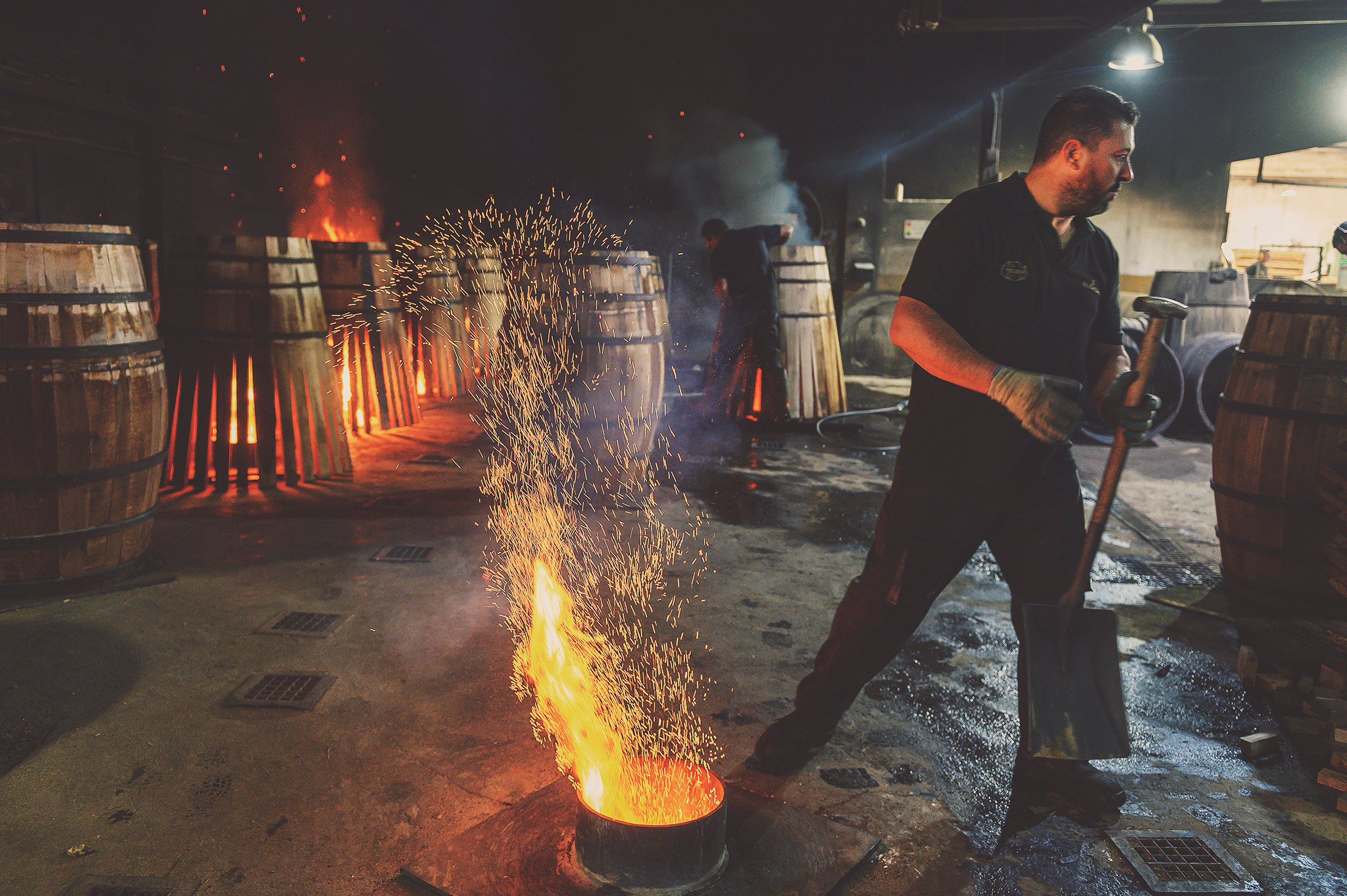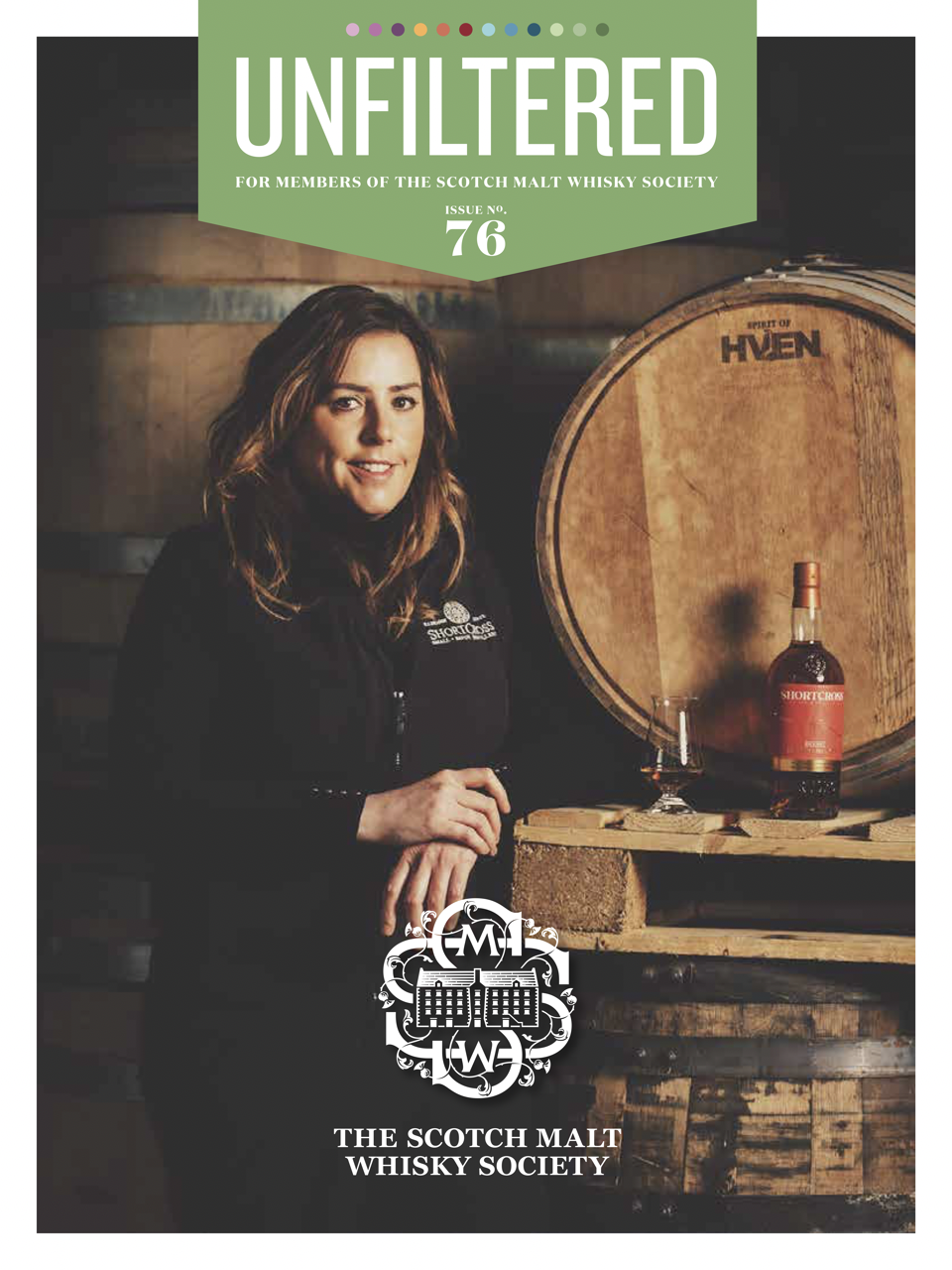Originally published in Unfiltered #76
Words: Lee ‘Connas’ Connor
For a variety of reasons, American oak is by far the most used material for the coopering of casks in the industry. But that hasn’t always been the case. Join SMWS ambassador Lee ‘Connas’ Connor as he examines the role and effect that the use of European oak has on Scotch whisky.
In today’s well-connected, fast-moving ‘flick of a switch’ world, it’s relatively straightforward to explain why American oak (quercus alba) is the most prevalent species of oak used in Scotch maturation. The fact that it is relatively cheap, easy to work with and there’s plenty of it makes it somewhat of a ‘no-brainer’ — transportation across the Atlantic notwithstanding.
Infrastructure, however, has not always been so slick. Turn back the clocks a matter of decades and you will find an industry more dependent on its closest neighbours for trade. Fortunately, a market for sherry from Spain dating back to the 1600s meant that there was a steady supply of casks raised from European oak (quercus robur) used to transport the liquid. And Scottish distillers were more than happy to use them to mature their whisky.
As we know, the demand for sherry has gradually declined, resulting in a shortage of casks for making whisky — at a time when single malt whisky is experiencing a relative renaissance. The result is a situation where sherry casks are now being made specifically for use in Scotland, with the sherry used to ‘season’ them being discarded or used for other purposes, such as making vinegar.
Still, with the appetite for exploration in the whisky category at an all-time high and curiosity about ‘old style’ Scotch at something of a fever pitch, the question that we must ask is: what difference does European oak make to a whisky’s flavour?

Flavour flashback
Naturally, the inert chemical make-up of the wood plays a role in how it will impact the flavour of any spirit it interacts with. In the case of the European species of oak, what it offers is a potent counterpoint to its American relative.
Quercus alba provides low levels of tannins and astringency, along with high levels of cis-oak lactones. Robur inherently delivers the opposite, with high levels of tannins and astringency, and low levels of cis-oak lactones. That means it imparts flavours such as raisins, figs, nuts and dark dry spices to the spirit, and less in the way of the honeyed, vanilla notes characterised by the use of American oak.
Dictated by design
Notably, European oak presents a more challenging prospect for the cooper, in that it tends to contain more knots and has a less uniform grain. Regardless, the cooper will go to work raising the cask much the same way they would if they were using American oak, but with some important differences.
Firstly, sherry casks — or “butts” — are traditionally twice the size of the humble bourbon hogshead, coming in at 500 litres instead of 250. This means that the ratio of potential liquid to the inside surface of the cask is far lower, resulting in less opportunity for flavour extraction.
Secondly, butts are toasted in the same way as hogsheads, activating potential flavour extractives and making the timber easier to bend into shape. But they are not then charred in the same way as bourbon barrels. Therefore, no carbon layer is formed, so the opportunity to extract less desirable compounds (such as sulphur) from the spirit is lessened significantly.
Finally, once raised the butt is “seasoned” with sherry (usually oloroso, but occasionally other styles of sherry) for at least one year and often more. This is crucial for removing high levels of harsh tannins from the oak. Although once emptied some sherry will carry over in the cask, full research on the final impact of its presence is yet to be carried out.
Theory to practice
Maybe take time to reflect on how our Spirits Team have matched the spirit with quercus robur and how the oak has interacted with the liquid. The dark dried fruit and spiced notes being extracted from it, and heavier tannic compounds left intact. Savour how they are using the maturation process to highlight the signature characteristics of European oak for a sumptuous drinking experience.
Find out more about how the SMWS works with sherry-matured whisky in our series of questions with head of whisky creation, Euan Campbell on our YouTube channel here.
Unfiltered Magazine is The Scotch Malt Whisky Society’s premium whisky knowledge magazine delivering quality content exclusively to members in an immersive multimedia format monthly. To view Unfiltered #76 in its entirety (as well as all back issues), log in and access the members’ portal or join The SMWS today — the world’s most colourful whisky club.









